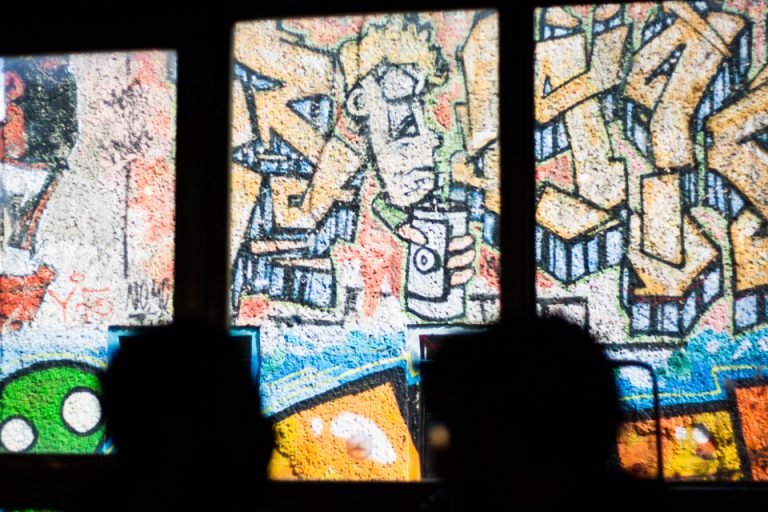What terms could possibly best sum up Berlin as an artists’ destination? After all, with its cultural stock having been built up over the years by such a large proportion of incomers, one could argue that in many ways, Berlin’s relative undefinability as an artists’ centre is its very strength.
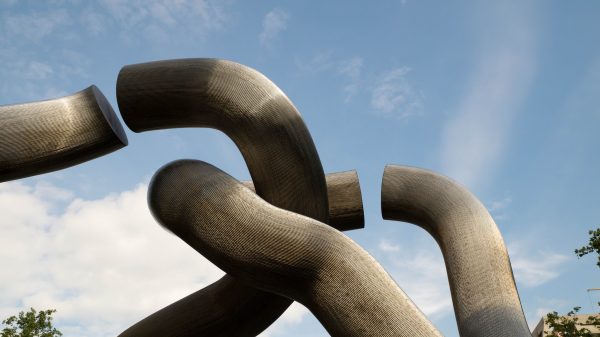
It’s not as if the German capital is the art world’s main hub by any distance, at least in a commercial sense — that honour undeniably going to New York. Nor is it typically regarded as a museum quarter on quite the level of Paris, or to have as potent an auction scene as Hong Kong or London.
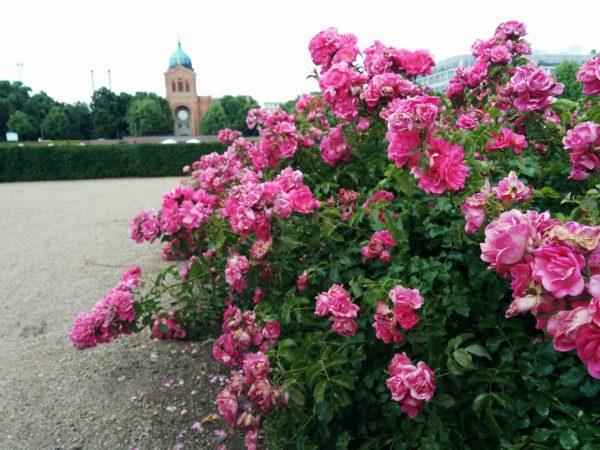
To many observers, in fact, former Berlin mayor Klaus Wowereit’s famous approximation of the city as “poor, but sexy” still rings relatively true. However, at a time when premiums for artists’ spaces seem to be spiralling across the globe, that quote may also go some way to explaining Berlin’s continued appeal for occasionally cash-strapped creatives.
Indeed, at a time when Berlin is primed to take over as the European Union (EU)’s most populous city ‘proper’ — provided that the UK’s departure from the bloc takes place as presently scheduled, on 29th March — now may be a great moment to look again at the German capital’s artistic credentials.
Arty things to see and do in Berlin
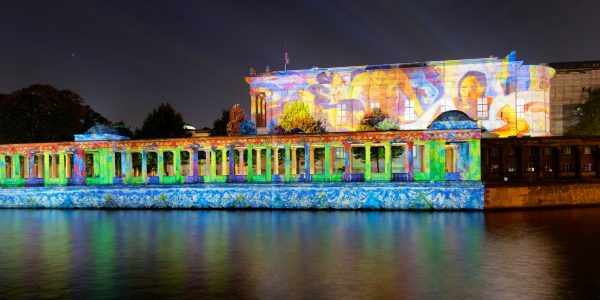
Don’t be fooled into thinking that Berlin must feel like a poor substitute to Paris as a museum and gallery epicentre. As it happens, almost every corner of the city is teeming with creative life, in keeping with its well-fostered liberal and multicultural reputation since reunification.
It is Berlin, after all, that is home to the UNESCO World Heritage Site that is Museum Island, comprising tourist essentials such as the Alte Nationalgalerie (Old National Gallery) with its collection of Neoclassical, Romantic, Biedermeier, Impressionist and early Modernist artworks.
However, with the city said to be home to more than 600 art galleries, the rewards for culture vultures prepared to venture off the beaten track are considerable.
Among the capital’s star spaces for those with more contemporary tastes are Contemporary Fine Arts (CFA) in the west of the city, the KW Institute for Contemporary Art that spans some four floors along with an idyllic courtyard, and the especially exclusive Sammlung Boros.
The latter is situated in an imposing building only accessible by appointment and guided tour, and which formerly served as a bomb shelter, prison, banana storeroom and S&M fetish club… although we should probably clarify, not simultaneously.
Meanwhile, taking pride of place in the stellar cultural events calendar is the Berlin Biennale, which is held every two years, with its 2018 running presenting works by such internationally acclaimed practitioners as Agnieszka Brzeżańska, Ana Mendieta and Oscar Murillo.
What about being an artist in the city yourself?

Unsurprisingly given the above factors, one could scarcely hope for a more inspiring and stimulating corner of the globe in which to create. You’ll certainly have no shortage of likeminded company to interact with, some estimates having put the number of artists in the city at about 60,000.
It is thought that about a quarter of this number originates from outside Germany, which simply further helps to cement the capital’s outward-facing, internationalist sensibility. As The New York Times observed last year: “No matter where they are from originally, they like to live and work in the German capital, producing art even if they don’t show it there.”
But if you are such a prospective artist resident of Berlin currently based overseas, it is naturally vital to familiarise yourself with the relevant paperwork entailed in such a move. As the Deutschland.de website explains, the process of obtaining an artist’s visa to stay in the city is a detailed one.
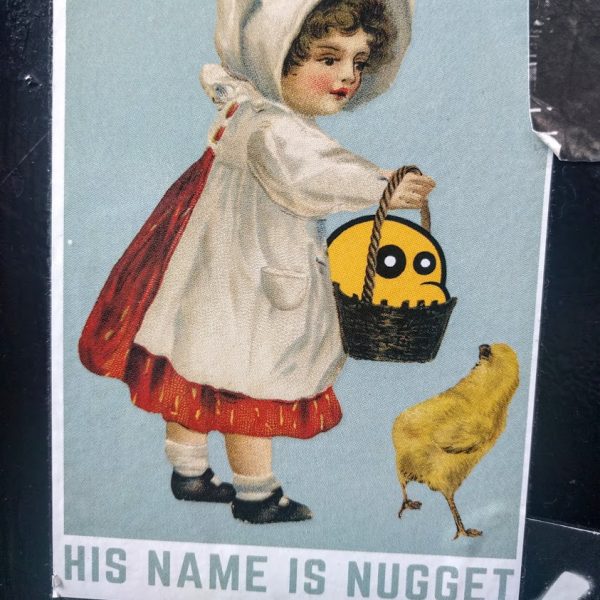
How affordable is Berlin as a place to live?
The Moving to Berlin Guide website provides a comprehensive outline of the various monthly outgoings that you will need to account for as a resident of the German capital, ranging from accommodation, an Internet connection and electricity to groceries and transportation.
As a baseline, however, those living a lifestyle akin to a student can expect to be set back at least around €400 a month for a room in a shared apartment, with overall monthly expenses approaching €800. But as detailed by Artsy, you are also likely to have to pay at least several hundred more Euros for a studio space, despite Berlin’s relative international affordability.
The Expatistan site gives more in-depth information on the typical prices of specific items in the city.
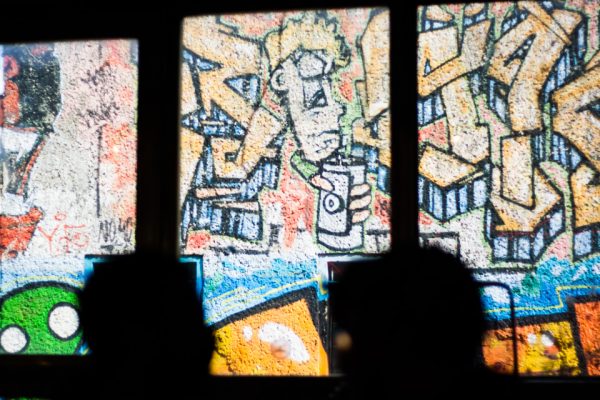
What residencies and funding opportunities are there?
As one might expect, there is no shortage of Berlin-based residencies for which one may apply. Current highlights include the likes of SomoS’ International Berlin Artist Residency Program and the Artists-in-Berlin Program, Berliner Künstlerprogramm, the latter advertised by the Deutscher Akademischer Austauschdienst (DAAD), otherwise known as the German Academic Exchange Service.
Meanwhile, details about funding opportunities for artists in the German capital can be found on the website of the Büro für Künstlerberatung — the Office for Artist Consulting — at Kulturwerk des bbk berlin GmbH, the professional association of visual artists. Deutschland.de also provides some useful guidance on the support that you may be eligible to receive as a creative person in the city.
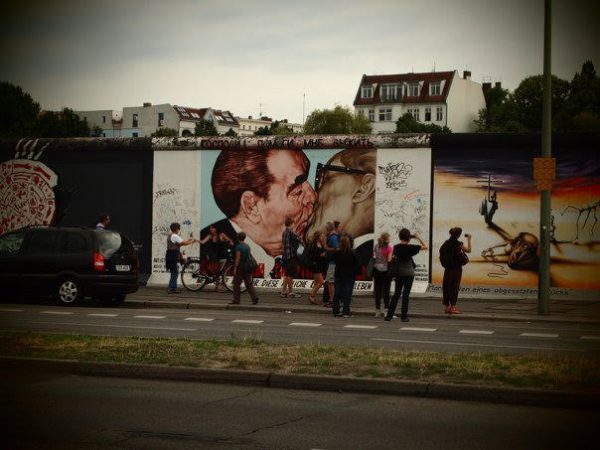
Will you thrive or fail as an artist in Berlin?
One can hardly doubt the both breadth and depth of the Berlin artist community, which remains as renowned for its commitment as for its intellectual curiosity. Whatever the nature of your creative practice, you have as strong a chance of finding a home here as you do almost anywhere — subject to the kind of practical and budgetary constraints that apply everywhere else.
Nonetheless, if you are to establish yourself as an artist in the German capital, it pays to have a well-constructed plan, not least as the authorities will expect you to be able to support yourself as an artist during your time as a resident — whether that ultimately lasts for months, years or decades.
What do current artists make of Berlin as a place to live and create?
What is your name?
Anne Bengard
What is your website?
As an artist, what is it like to live in Berlin?
Berlin provides space. Space to experiment and create. Although rent prices for living and work spaces are heavily on the rise, they are still comparatively low to other European capitals. Generally, you get more for your money.

